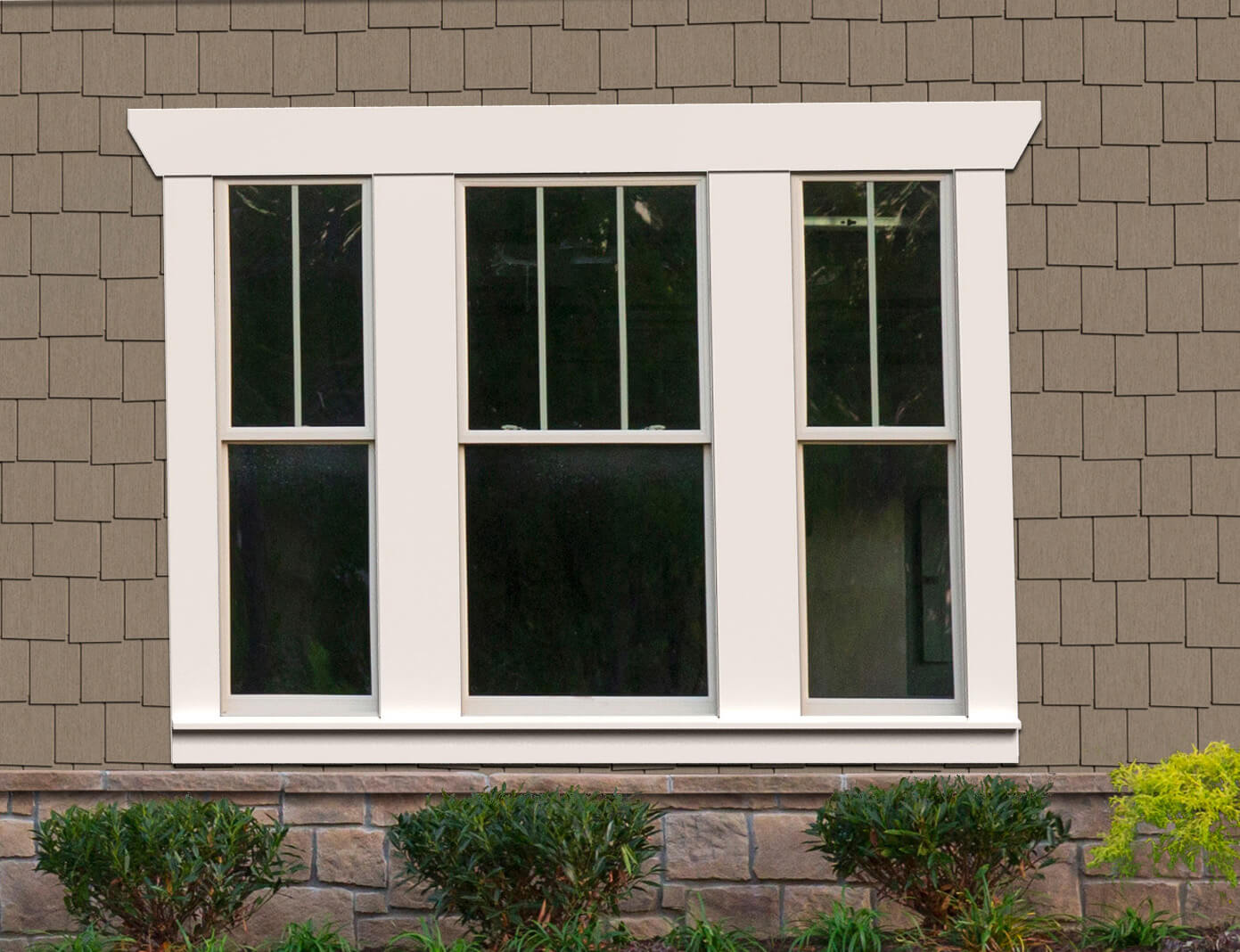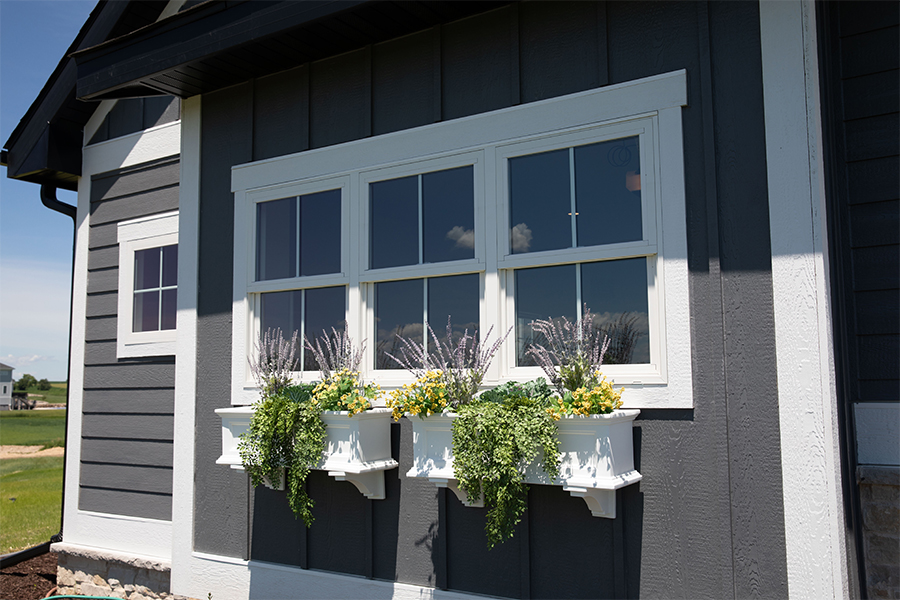What is Decorative Window Trim Exterior?
Decorative window trim exterior refers to the architectural elements that frame windows, enhancing both functionality and aesthetics. This decorative feature is crucial for improving curb appeal and protecting your windows from weather elements. Whether you prefer traditional or contemporary styles, window trim can significantly influence the overall look of your home.
Importance of Decorative Window Trim
Decorative window trim serves several purposes that go beyond mere decoration:
- Aesthetics: Decorative trim adds character and a polished look to your home.
- Protection: It shields windows from weather damage.
- Value Addition: A well-executed trim can increase your home’s market value.
- Energy Efficiency: Good window trim can also improve insulation.
Types of Decorative Window Trim
Choosing the right type of decorative window trim can be overwhelming but exciting. Here’s a comprehensive breakdown of the most popular styles:
1. Traditional Trim Styles
Traditional window trim is often characterized by its classic features, such as crown molding and raised panels. It is perfect for historic homes or those aiming for a timeless aesthetic.
2. Modern Trim Styles
Modern trim often features clean lines and minimalistic designs. It works well with contemporary architectural styles, providing a sleek and sophisticated look.
3. Rustic Trim Styles
For those who love a country or farmhouse feel, rustic trims incorporate natural materials like wood with distressed finishes.
4. Decorative Moldings
These are often elaborate and can transform a simple window into a stunning focal point. They come in various designs and can be custom-made to suit specific tastes.

Materials Used for Window Trim
The materials used in decorative window trim can greatly influence durability, maintenance, and appearance. Here are the most common materials:
1. Wood
One of the most traditional choices, wood can be painted or stained and offers a natural look.
2. Vinyl
Vinyl trim is low-maintenance and available in various colors and styles, making it an attractive option for many homeowners.
3. Composite
Composite materials offer the best of both worlds, with the look of wood and the durability of synthetic materials.
4. MDF (Medium Density Fiberboard)
MDF is often used due to its smooth surface and ease of painting, making it a favorite for interior and exterior trims.
| Material | Pros | Cons |
|---|---|---|
| Wood | Beautiful, customizable | Higher maintenance |
| Vinyl | Low maintenance, affordable | Less aesthetic appeal |
| Composite | Highly durable, looks great | Can be more expensive |
| MDF | Easy to paint, smooth finish | Not water-resistant |

Installation Tips for Decorative Window Trim
Installing decorative window trim can be a rewarding DIY project if done correctly. Here are some essential tips:
1. Gather Your Tools
- Measuring tape
- Level
- Circular saw or miter saw
- Nail gun or hammer
- Caulk and caulking gun
- Paint or stain
2. Measure Accurately
Measure your windows carefully to ensure your trim fits perfectly. Double-check your measurements before cutting any materials.
3. Cut at the Right Angles
For corners, ensure you cut at 45-degree angles for a seamless look. A miter saw is ideal for this task.
4. Secure Your Trim
Use a nail gun for a quick and clean installation. If you’re using a hammer, be sure to pre-drill holes to prevent splitting the wood.
5. Finish It Right
Don’t forget to caulk the edges for a clean finish and paint or stain the trim to fit your home’s aesthetic.
Cost of Decorative Window Trim
The cost of decorative window trim can vary based on the materials and styles chosen. Here’s a rough estimate:
- Wood Trim: $5 – $12 per linear foot
- Vinyl Trim: $3 – $8 per linear foot
- Composite Trim: $6 – $15 per linear foot
- MDF Trim: $2 – $6 per linear foot
Keep in mind that professional installation may add an additional $2 – $5 per linear foot.

Pros and Cons of Decorative Window Trim
Before making a decision on decorative window trim, consider the following pros and cons:
Pros
- Enhances the beauty of your home
- Protects windows from water damage
- Can increase the property value
- Variety of styles and materials to choose from
Cons
- Initial cost can be significant
- Maintenance is required, especially for wood
- Improper installation can lead to issues
Maintenance of Decorative Window Trim
Proper maintenance will extend the life of your decorative window trim. Here’s how to keep it looking great:
1. Regular Cleaning
Use a soft cloth and mild detergent to clean your trim periodically. Avoid harsh chemicals that can damage the finish.
2. Inspect for Damage
After severe weather, inspect your trim for any signs of damage or warping.
3. Repaint or Restain as Necessary
Wood trims may need to be painted or stained every few years to maintain their appearance and protect against water damage.

FAQs about Decorative Window Trim Exterior
What is the best material for exterior window trim?
The best material depends on your budget and desired look. Wood provides a classic appearance, while vinyl is a great low-maintenance option.
Can I install decorative window trim myself?
Yes, with the right tools and careful measurement, DIY installation is possible, but you should have some carpentry experience.

How often should I replace my window trim?
With proper maintenance, decorative window trim can last for many years. However, if you notice signs of rot, damage, or fading, it may need to be replaced sooner.
Is decorative window trim worth the investment?
Absolutely! Decorative window trim not only enhances the aesthetic appeal of your home but can also improve its market value.
